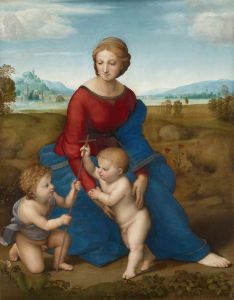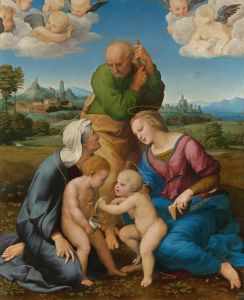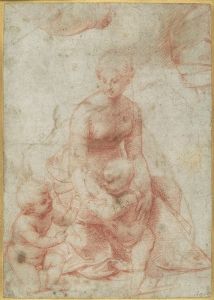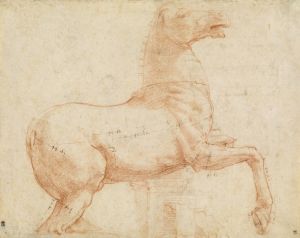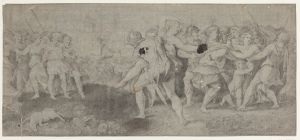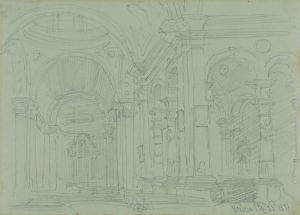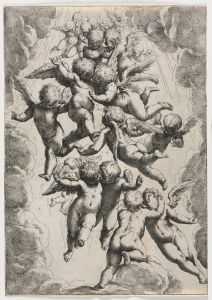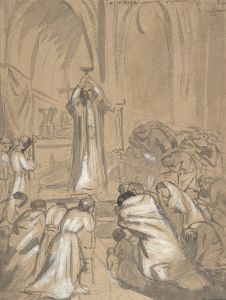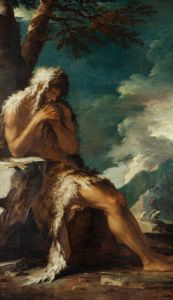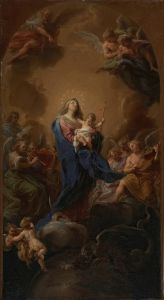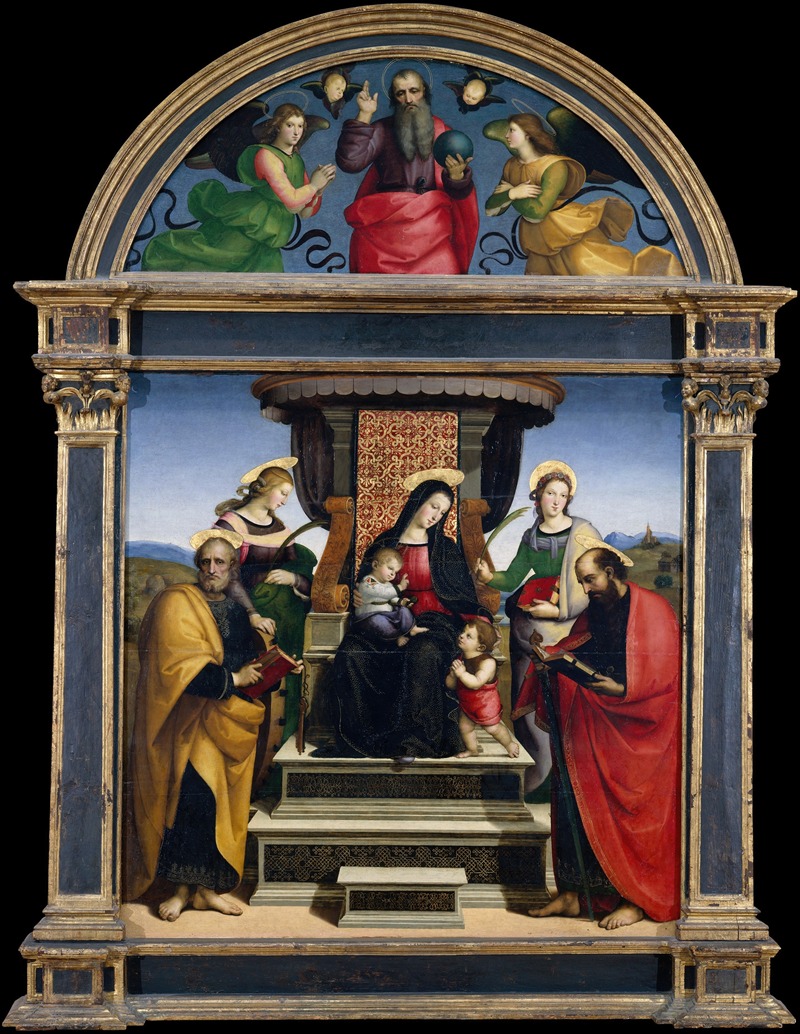
Madonna and Child Enthroned with Saints
A hand-painted replica of Raphael’s masterpiece Madonna and Child Enthroned with Saints, meticulously crafted by professional artists to capture the true essence of the original. Each piece is created with museum-quality canvas and rare mineral pigments, carefully painted by experienced artists with delicate brushstrokes and rich, layered colors to perfectly recreate the texture of the original artwork. Unlike machine-printed reproductions, this hand-painted version brings the painting to life, infused with the artist’s emotions and skill in every stroke. Whether for personal collection or home decoration, it instantly elevates the artistic atmosphere of any space.
"Madonna and Child Enthroned with Saints" is a renowned painting by the Italian Renaissance artist Raphael. Created around 1504, this artwork is a significant example of Raphael's early work and showcases his developing style during his time in Florence. The painting is also known as the "Colonna Altarpiece" due to its association with the Colonna family, who were prominent patrons of the arts during the Renaissance.
The painting is an altarpiece, a type of artwork designed to be placed behind an altar in a church. It depicts the Virgin Mary seated on a throne with the Christ Child on her lap, surrounded by saints. This composition is a common theme in Christian art, known as a "Sacra Conversazione," which translates to "holy conversation." This style typically features the Madonna and Child in the company of various saints, creating a sense of dialogue and interaction among the figures.
In "Madonna and Child Enthroned with Saints," Raphael demonstrates his mastery of composition and his ability to convey a sense of harmony and balance. The figures are arranged in a pyramidal structure, with the Madonna and Child at the apex, drawing the viewer's eye towards the central figures. The saints depicted in the painting include Saint Peter, identifiable by his keys, and Saint Catherine of Alexandria, who is often shown with a wheel, a symbol of her martyrdom.
Raphael's use of color and light in this painting is particularly noteworthy. The rich, vibrant colors and the soft, diffused light create a sense of depth and realism, enhancing the overall impact of the composition. The artist's attention to detail is evident in the intricate patterns of the fabrics and the delicate features of the figures, showcasing his skill and precision.
The "Colonna Altarpiece" is an important work in Raphael's oeuvre as it marks a transitional period in his career. During this time, Raphael was heavily influenced by the works of Leonardo da Vinci and Michelangelo, which is reflected in the composition and the treatment of the figures. The painting demonstrates Raphael's ability to assimilate the techniques of his contemporaries while developing his unique style.
Today, "Madonna and Child Enthroned with Saints" is housed in the Metropolitan Museum of Art in New York City. It is part of the museum's European Paintings collection and is considered one of the highlights of their Renaissance holdings. The painting continues to be studied and admired for its artistic significance and its representation of Raphael's early development as a master painter.
In summary, "Madonna and Child Enthroned with Saints" is a testament to Raphael's burgeoning talent during the early 16th century. The painting exemplifies the harmonious composition, vibrant color palette, and intricate detail that would come to define Raphael's work, securing his legacy as one of the great masters of the Renaissance.





